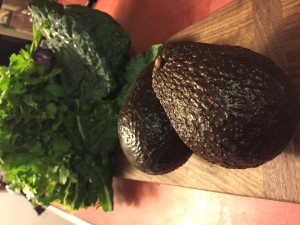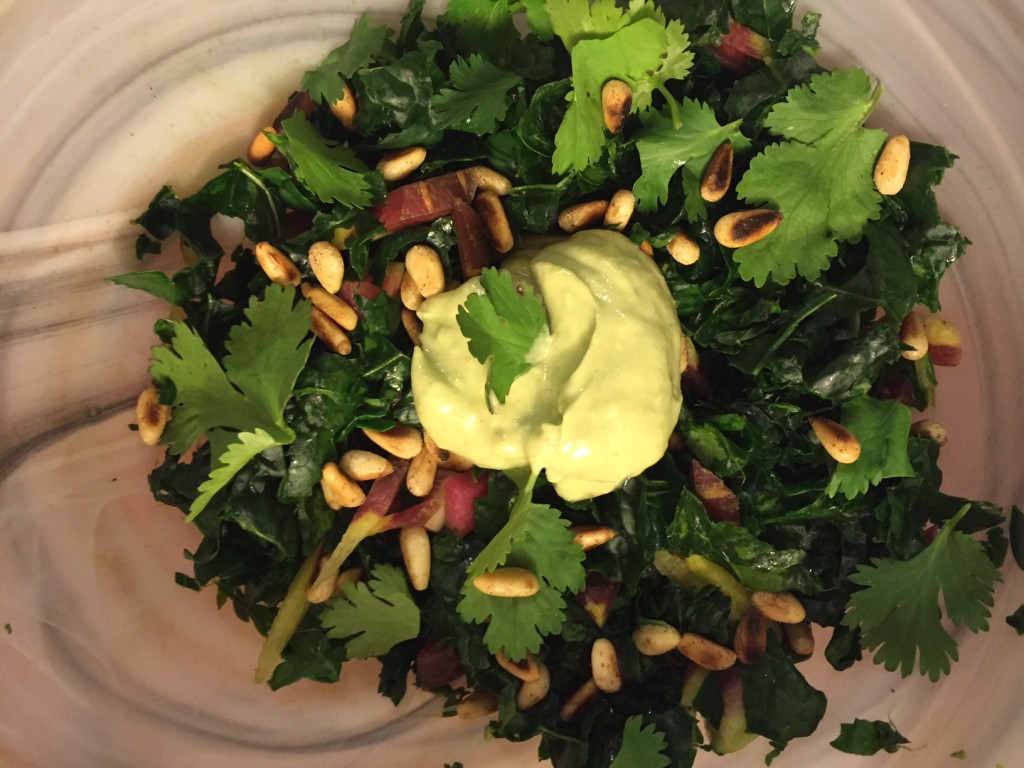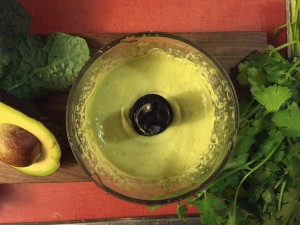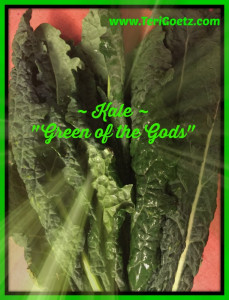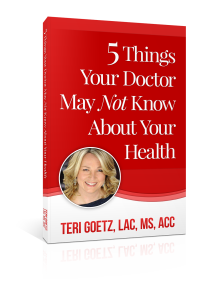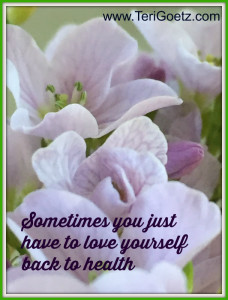 For those of you who don’t know, I was “diagnosed” with what’s considered “chronic Lyme” and two autoimmune diseases several years ago. I am putting “diagnosed” in quotation marks because I do not own that diagnosis, nor do I necessarily believe what I’ve been told—that they are not connected. I think they may be, and that the Lyme is either a trigger for the autoimmune, or at least exacerbates it.
For those of you who don’t know, I was “diagnosed” with what’s considered “chronic Lyme” and two autoimmune diseases several years ago. I am putting “diagnosed” in quotation marks because I do not own that diagnosis, nor do I necessarily believe what I’ve been told—that they are not connected. I think they may be, and that the Lyme is either a trigger for the autoimmune, or at least exacerbates it.
I’ve already healed my body in many ways, through dietary and lifestyle changes, as well as acupuncture, herbs, and supplements. I take no prescription or OTC medication whereas before, I was living on anti-inflammatory medications and was offered prednisone and other pain killers by doctors. I used to walk like an 80 year woman, and now I’m taking soul cycle classes. When I was at my peak in the last few years, I felt phenomenal.
However, over the course of the last few months, the pain has begun to creep back into my body and I’m not happy about it.
I want to share my story with you for two reasons. One, to demonstrate no matter how much you know about nutrition, health, and illness, you can still make bad decisions, albeit subconsciously. Two, everyone is human and we have to love ourselves out of a situation we want to change. Even though our decisions may be objectively a little less than smart, I’m not mad at myself and I’m not hating on myself (although, maybe a little bit on my body!).
Here’s what’s going on:
Even I can lose sight of the big picture when my nose is to the grindstone. Result?
Recently my body has felt as if it’s deteriorating – at first subtly and then more profoundly.
I am pretty much a machine. That means I plow through things knowing I can usually handle a lot. I work hard and play hard. Don’t get me wrong, I do take time for myself. But, when pain begins to regularly wake me up in the middle of the night or when I do some simple gardening and hurt for a few days like I just ran a marathon, that’s a major red flag. A little self-care here and there helps. I had myself convinced I was doing enough, but guess what? I was kidding myself.
So, I sat down and had little talk with myself. I pondered some important questions:
What is causing the pain?
Why is it happening now?
What’s different now compared to when I was feeling great?
Where am I letting myself off the hook?
After ridding myself of convenient distractions and excuses, I realized I’d been letting my diet slip. Sometimes pretty seriously. I wasn’t sleeping enough… and I wasn’t taking enough down time.
I had done a pretty serious elimination diet for a long time – and felt great. But I also began to miss many foods – normal, right? I also believe that reintroducing foods when possible is good for your body.
I began introducing some grains, and that seemed okay. I was careful to avoid gluten from the offensive sources (gluten, btw, is in most grains, not just wheat, rye, and barley). I began having eggs once a week (even though I knew protein in eggs can mimic the protein in gluten). Seemed fine. Then I started with dairy. First, a little kefir – fermented, thus very little lactose. Did fine. Then I added goat cheese. Fine again. I thought, “Woohoo, I’m golden! I fixed that leaky gut!” But then, here’s what happened.
I returned to my cup of coffee every morning. I started adding organic cream to the coffee. Then, I added more cheese. My husband loves to cook and he was so happy that I’d reintroduced foods we both loved and loved to share, so he brought out the cheeseboard again for appetizers. Then there was the wine with the cheeseboard on Fridays after work – a deadly combination cuz guess what? Like you, I have a glass of wine, and suddenly I can rationalize eating more cheese than I should. Now, they were organic, raw milk cheeses – but come on – too much of a good thing is still too much!
I started to get hot flashes again, which I thought was causing part of the problem. My loss of sleep due to hot flashes and pain seemed easier to rationalize. I chalked it up to my being of menopausal age, and pretended my diet had nothing to do with it (ah, the stories we tell ourselves, eh?). I finally found a Chinese herbal formula that worked like a charm and after months of not sleeping due to said raging hot flashes, I thought I was good again.
Then some elbow pain got pretty excruciating (having no apparent cause and on both lateral and medial tendons). Then the knee on day, the wrist the next. Then my thumb. Then my hip.
Then, a very annoying eye tick came back and didn’t go away.
Damn. It’s happening again. I’m having a Lyme flare.
But what’s causing it? I’m pretty sure you realized by now that it had a lot to do with my diet. If I’m hosting a bacteria and am making my environment hospitable to its growth, then guess what happens? It multiplies. (There are MANY expletives that want to come onto the page at this moment!)
What happened was that I started thinkig my body was betraying me. I asked myself all kinds of whiney questions (for 5 minutes):
Why me?
Why again?
Why can’t I beat this? – I mean, I do this for a living, for God’s sake!
Why is my strong body broken?
Here’s the truth. I need to love myself out of this. Attacking myself is only going to make it worse. If I do, I’ll continue eating in ways that aren’t good for me. I’ll continue working too much with not enough down time. I won’t sit in meditation daily. I’ll ignore the symptoms I keep telling my patients to stop ignoring. and yes, I know… we teach what we need to learn.
There’s no magic pill (dammit.)
There’s no one to blame (dammit.)
Here’s a reality check:
I am responsible for where I am. And I’m not content to feel “better than where I started.” I want to go back to feeling really fantastic!
So, I have a choice again, don’t I?
Yes, I do. And I’m holding myself responsible by plastering it all over the internet! (Eeek!)
I will return to my elimination diet (I already have.) – reminding myself how miraculous that was for me.
When I reintroduce, I will do it very very carefully.
I will love my body back to health.
I will allow myself the process of understanding what’s going on through daily journal writing.
I will practice what I preach.
I will fall… and pick myself back up.
I will pay attention.
I will seek help when I need it, whether from health-care providers or emotional and physical support.
So, there you have it. No one is super human. The internet is full of people who pretend to have it all figured out. Who show only the good, the perfect, and the holier than thou. I don’t believe in that. I believe in sharing reality.
I have a good attitude, I know what to do, and I’ll find help where I need it.
This morning my soul cycle teacher asked us:
Where are you letting yourself off the hook?
Where are you settling for mediocrity?
Where can you be more authentically you?
Those sound like the questions I asked myself now that my body is hurting, and questions I ask my patients every day. So here we go, let’s try it:
Where are you letting yourself off the hook?
Would love your feedback!
